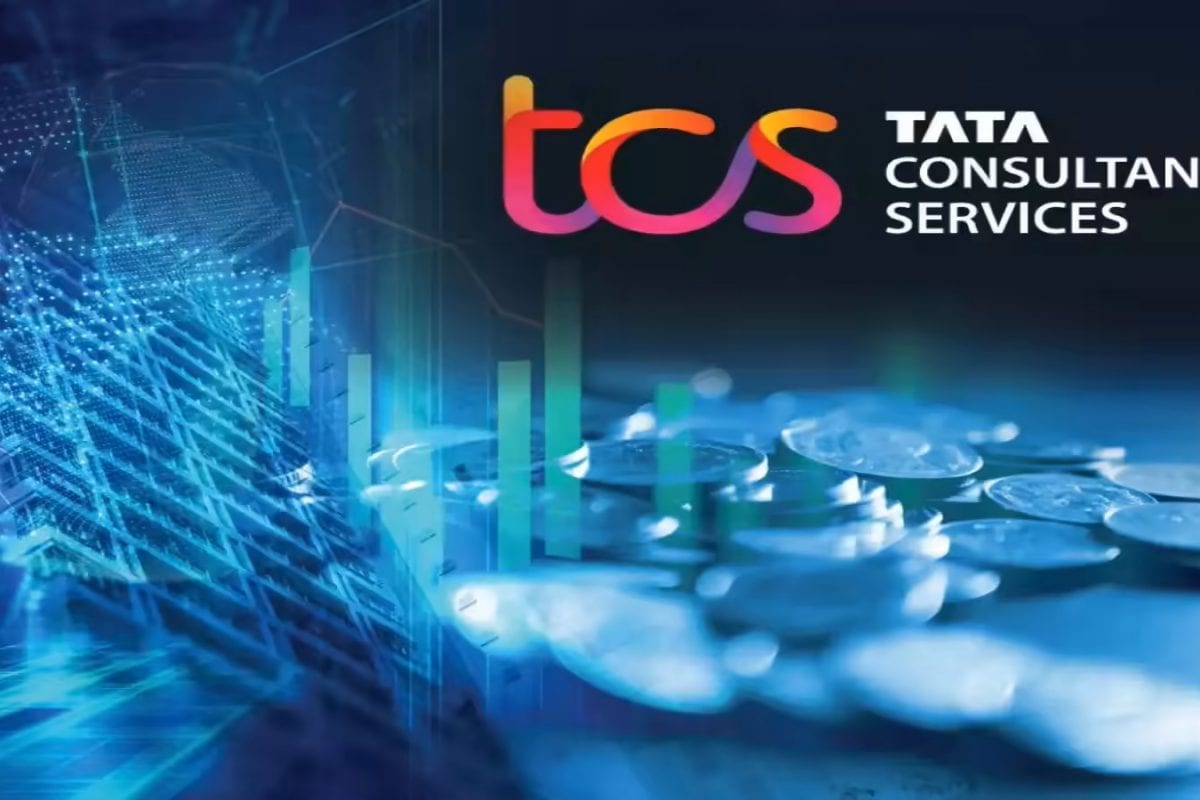India is gearing up for a robust salary increase of around nine per cent in 2026, slightly outpacing the 8.9 per cent growth seen in 2025, according to
a report by Aon plc released on Tuesday. This steady rise reflects the resilience of the job market even as global economic headwinds persist. The report highlights that sectors such as real estate, infrastructure, and non-banking financial companies (NBFCs) will spearhead this growth, offering some of the most competitive hikes next year. Sector-Wise Salary Trends Real estate and infrastructure companies are anticipated to offer salary increments as high as 10.9 per cent, while NBFCs are expected to see increases of around 10 per cent. Other notable sectors include automotive and vehicle manufacturing at 9.6 per cent, engineering design services at 9.7 per cent, retail at 9.6 per cent, and life sciences at 9.6 per cent. Meanwhile, industries like chemicals at 8.8 per cent, e-commerce at 9.2 per cent, and technology consulting and services at 6.8 per cent are forecasted to see moderate growth. These variations indicate a strategic focus by companies to reward talent in high-demand areas, balancing growth with sector-specific challenges. Economic Factors Driving Salary Hikes India’s robust domestic consumption, significant infrastructure spending, and supportive government policies are key drivers behind this positive compensation outlook. Roopank Chaudhary, partner and rewards consulting leader at Aon, states, “Key sectors like real estate and NBFCs are leading the way in talent investment. Companies are taking a strategic approach to compensation to ensure sustainable growth and workforce stability, even amid global uncertainty.” Additionally, the report points to a decline in attrition rates from 18.7 per cent in 2023 to 17.1 per cent in 2025, signalling improved employee retention and a more stable labour market. Amit Kumar Otwani, associate partner at Aon, adds, “Simpler compliance and rationalised tax rates are boosting efficiency. Companies that align their rewards strategies with these changes will be best positioned to attract top talent.”









